5 Key Takeaways From Dreamforce 2019
The explosion of tech, business, networking, philanthropy and social activism at Dreamforce 2019 was on a scale like no other event.
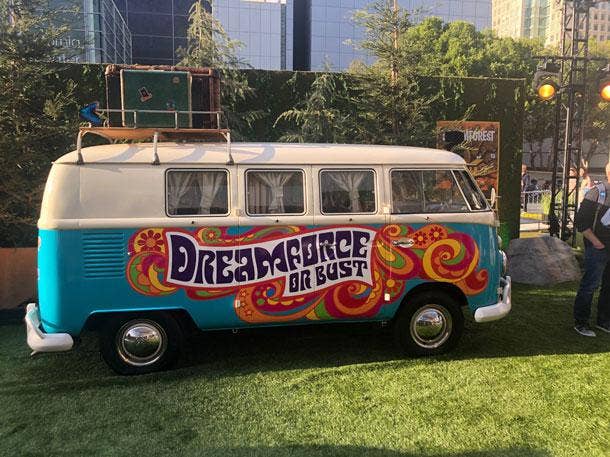
Dreamforce Revisited
Last week, Salesforce wrapped up its Dreamforce mega-conference, and a whopping 170,000 registered attendees (and who knows how many beyond that) cleared out of San Francisco.
The explosion of tech, business, networking, philanthropy and social activism took place on a scale like no other event. But looking past the spectacle of celebrities, activists and other notable attendees (such as former President Barack Obama), one could see Salesforce's strategy emerging to take its cloud software business to new heights.
The industry's dominant CRM vendor and cloud pioneer is looking to meet its founder's ambitious goal of doubling revenue over the next few years by focusing on two areas that will make it the center of the customers' IT environment: integration and data.
Salesforce is applying those principles through its Customer 360 vision—one built on the foundation of recent blockbuster acquisitions.
Here are CRN's five takeaways from Dreamforce 2019.
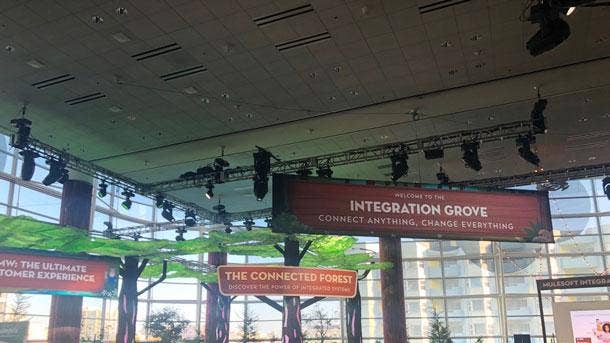
Riding MuleSoft To Integration Supremacy
The largest technical innovation showcased at Dreamforce was tooling that implements a "single source of truth" concept.
Customer 360 Truth is the product Salesforce unveiled that puts SSOT into action as it looks to position its cloud as the enterprise's master repository of data across all systems.
That's only possible if Salesforce products are deeply integrated with each other and third-party business systems.
Enabling that integration strategy is MuleSoft technology, and the Integration Cloud that acquisition spawned at last year's Dreamforce.
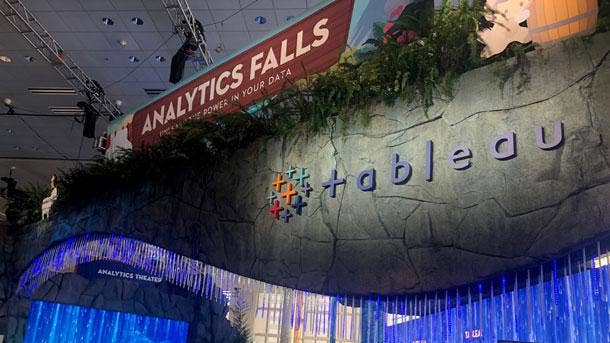
Leveraging Tableau For Data Dominance
The latest and largest acquisition in Salesforce history was prominently featured at Dreamforce. Salesforce clearly sees Tableau as a major differentiator in its emerging strategy to position itself at the center of its customers' IT environments.
The Customer 360 vision for integrating clouds was built on MuleSoft. But "chapter 2" of co-CEO Marc Benioff's Dreamforce keynote focused on the data component, which encompasses Salesforce's native Einstein AI platform, the acquisition of Datorama, and most notably Tableau.
Tableau offers "incredible business intelligence, incredible analytics, incredible visualization," Benioff said before discussing the synergies of the two companies with Adam Selipsky, Tableau's CEO.
"At the heart of Customer 360 is data," Selipsky said in a brief discussion on the stage with Benioff.
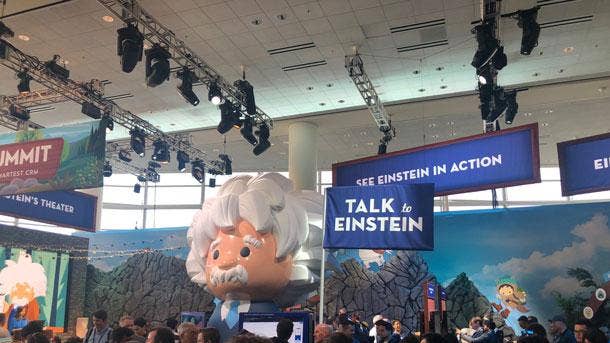
Einstein AI Everywhere
Einstein was officially introduced to the Salesforce community at Dreamforce 2016.
The CRM leader's AI platform and feature set has evolved in the three years since, and now its capabilities are pervasive across the Salesforce portfolio.
Randy Davis, a partner at Chicago-based Salesforce consultant Sikich, told CRN: "It was a consistent theme through all the keynotes-- driving customer value through artificial intelligence. There seems to be an increased investment in AI."
Salesforce CEO Marc Benioff told attendees of his opening keynote: "It's incredible how artificial intelligence is becoming such a pervasive part of our world."
The most noteworthy of Einstein innovations delivered this year is the ability for "our customers' customer to be able to call and talk to Einstein directly," Benioff told Salesforce co-founder and CTO Parker Harris during the opening Dreamforce keynote.
The two demonstrated that capability with a new no-code platform for building voice-integrated, intelligent apps called Einstein Voice Skills.
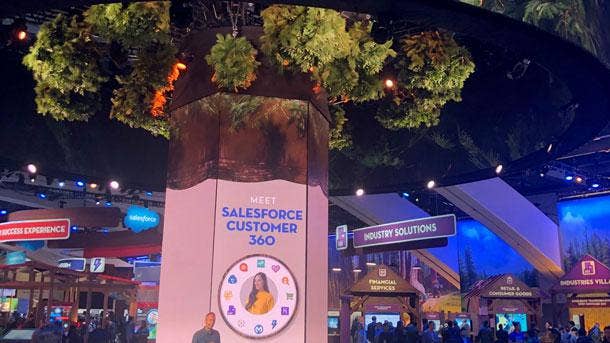
Partner Power
Salesforce wants to scale its channel to 250,000 partners, and the CRM giant is aggressively looking to recruit new solution providers into its consulting partner network.
The number of certified Salesforce consultants is more than seven times larger than it was in 2013, but demand continues to skyrocket for Salesforce services, Paul Stillmank, CEO of Salesforce partner 7Summits, told CRN at Dreamforce.
"The growth and opportunity within the Salesforce partner ecosystem are tremendous," Stillmank said, noting there are 10 architect jobs available for every Salesforce trailblazer with that particular skillset.
Salesforce is highlighting that demand to expand its partner base.
To that end, Salesforce channel leaders outlined specific initiatives around enhanced advisory services, a new Architect Certification Program, expanded partner learning, and new resources to help customers identify implementation partners best-suited to their aims.
Salesforce CTO Parker Harris offered a Mea culpa in appealing to partners to expand their Salesforce practices.
"Marc, whatever you do, we do not want consultants," Harris said he told his co-founder Marc Benioff twenty years ago.
Harris wanted the innovative cloud-based CRM to be a no-code platform, and systems integrators and consultants would ruin that vision, "because people are going to write code."
Thankfully, Harris conceded, Benioff didn't follow his advice.
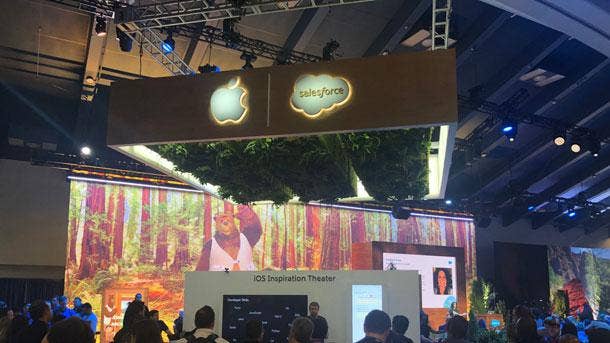
Missing Microsoft
Dreamforce 2019 hosted tech notables, business moguls, musicians, actors, athletes and even a former president of the United States.
Salesforce's technology partners were also omnipresent, even those like Apple and Google that didn't officially sponsor the event.
But notably absent was Microsoft.
The software giant wasn't a sponsor or represented on the exhibition floor. And the only learning session to even reference Microsoft was around integrating email into Sales Cloud.
Which was unexpected, as Salesforce and Microsoft, once bitter rivals, have been playing very nice of late and looking to jointly promote that relationship.
The week before the conference began, Salesforce named Microsoft Azure the public cloud provider for its Marketing Cloud. At the same time, it revealed a new integration between Salesforce Sales and Service Clouds with Microsoft Teams—Microsoft’s communication and collaboration platform—which is expected to go active in late 2020.